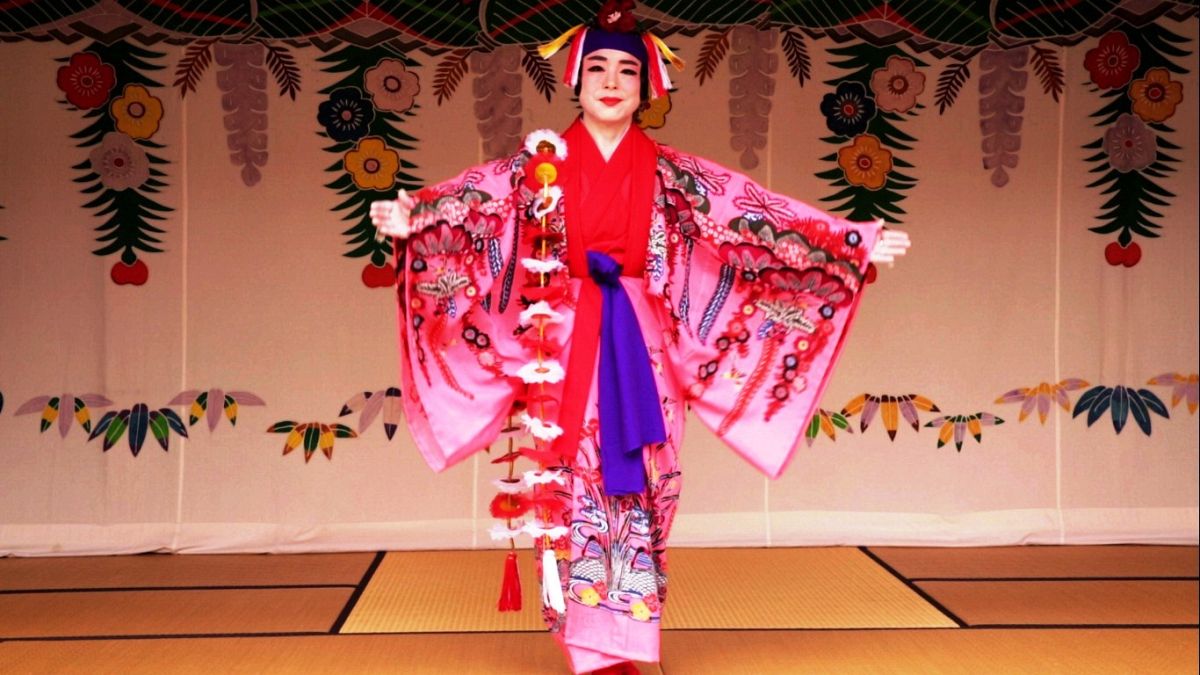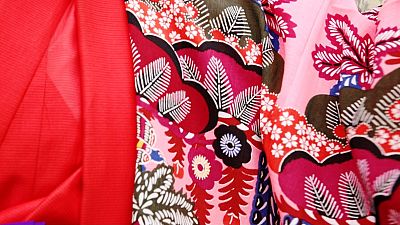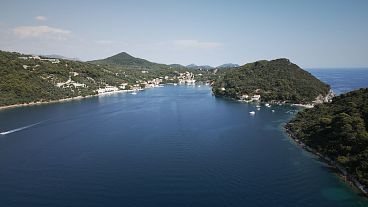Our latest Postcard focuses on some of the colourful textiles in Okinawa
After last episode’s breathtaking scenery in Okinawa in southern Japan, our latest Postcard focuses on something more traditional: the colourful textiles that visitors can see up close.
Key facts about Bingata textiles:
- Bingata is cloth that’s dyed with multi-colour designs
- It’s been a tradition in Okinawa for the past 500 years
- Bingata was originally made for people in the “samurai” class
- Intricate flower designs & vibrant colours are the trademark of bingata
- Some colours come from native Okinawa plants and tree bark
Euronews’ Seamus Kearney reported from a picturesque castle in the centre of Naha, where dancers perform in traditional costumes.
“To create something as beautiful as this, a lot of work goes on behind the scenes,” said Seamus. “And it’s in local workshops that the art of what is known as Bingata lives on.”
The technique used to make Bingata is just one of those being passed on through the generations.
Postcards met Morio Miyagi as he dyed cloth with intricate designs, creating everything from kimonos to scarves.
The Bingata craftsman told euronews: “It was the colour that I was most attracted to.
“I was very much moved by the powerful and deep colours that are specific to the pigments of Bingata.”
And Morio’s determined to make sure his craft, practised in Okinawa for more than 500 years, continues to be cherished by the wider public.



